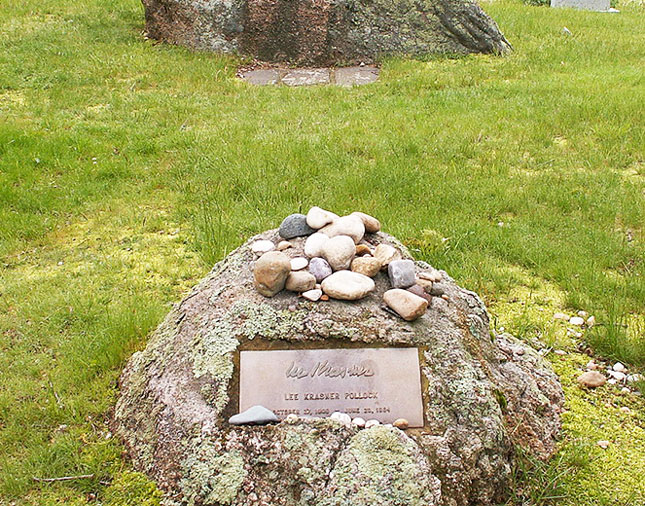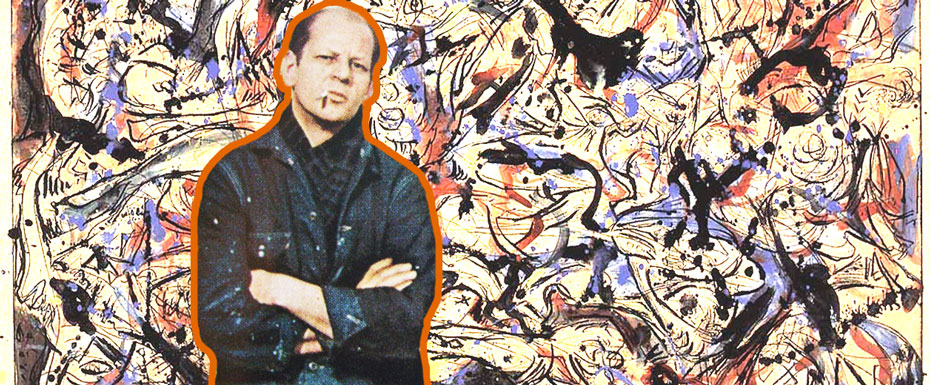
Jackson Pollock created Abstract Expressionism, a trend in the art of the last century that shifted the world’s attention from European classics to American innovation. Nevertheless, at the height of his fame, the artist forever abandoned the “drip technique” that brought him worldwide success and introduced monochrome ink works, of which only one was sold, at half price. A few years later, he crashed in a car accident while driving intoxicated. The mistress who was with him in the car claimed it was suicide. So, who was this man, and what is his contribution to modern art?
Early Years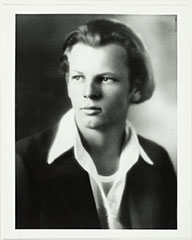
Young Jackson had a truly horrendous temper: arrogant, proud, and insolent. In addition, the young man abused alcohol and smoking, which only exacerbated these traits. He was looking for a strong person who could become a role model.
The figure came in the person of Thomas Hart Benton, with whom Jackson and his brother Charles studied at the Art Students League of New York. Benton wrote in the style of regionalism and Mexican muralism, that is, he realistically depicted the everyday life of the Americans and Indians of the Midwest, trying to make the plots understandable and close to as many people as possible.
Becoming
From 1938 to 1942, Jackson worked for the Federal Art Project, the government’s ambitious program to support and employ creative people during the Great Depression. Almost all the participants in the project adhered to realism, but Pollock continued to experiment, and his style approached abstract art.
Meanwhile, Jackson drank more and more, losing control of himself and his life. For several years he was visiting a psychotherapist and underwent a course of treatment based on the ideas of the German psychologist Carl Jung. As a follower and at the same time critic of Freud, Jung recognized the dominant role of the unconscious. It is likely that during this period, Pollock determined that the main source of creativity is not the surrounding world but the inner state of a person.
First Success and Women
In 1942, a girl showed up in Jackson’s studio without warning. “I know all the abstract artists in New York, except you!” It was Lee Krasner, an artist from a Russian-Jewish family who had once moved from Ukraine to America. Jackson and Lee married three years later.
As an artist, Lee understood Jackson’s passion like no other. For her husband, she became a real friend, promoted him, and believed in his talent. Her own career was not so fruitful because Jackson’s success came first. Nevertheless, throughout her life, Lee continued to write and experiment in painting.
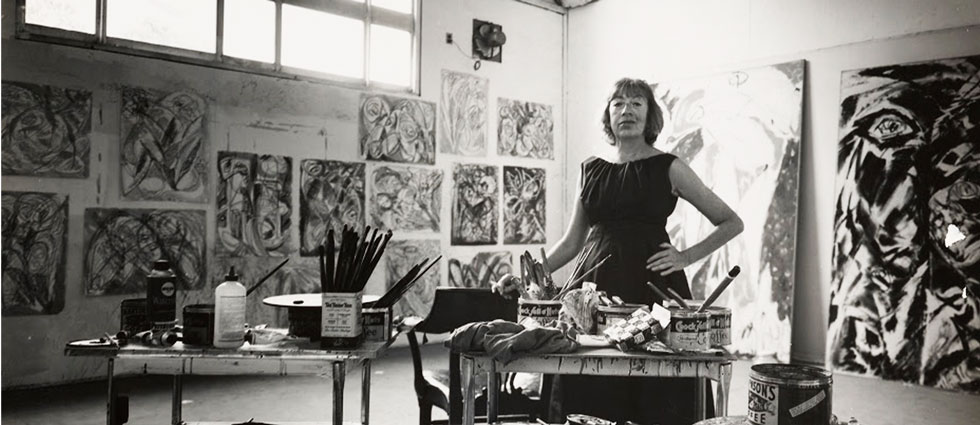
After the beginning of his relationship with Lee, things went uphill for Jackson: owing in large part to her, in 1943, he signed a contract with the famous art collector Peggy Guggenheim. Throughout his further career, Jackson collaborated with Peggy, who promoted the works of Pollock and other famous abstract artists. Rumors circulated in New York that Guggenheim was in intimate relationships with a large number of men, including those from bohemian circles. Many thought she had an affair with Jackson, too.
Career Zenith
The very first exhibition of paintings made in the “drip technique” attracted colossal public attention. The creative community of America could not understand what it was: genius or quackery? The turning point after which Jackson Pollock became famous worldwide was an article by Life magazine, published on August 8, 1949, headlined “Jackson Pollock: Is He the Greatest Living Painter in the United States?”
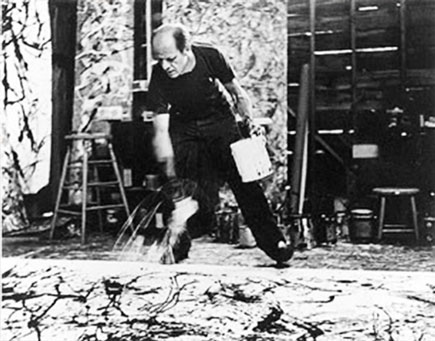
It seems that fate decided to answer this question in the affirmative – Jackson Pollock received fame, money, and recognition. To some extent, Pollock was lucky to be born at the right time in the right place: his rise in career coincided with the rise of the United States as a great power after World War II. The country needed an artist who could bring national American art to the world level and compete with European recognized masters.
Stylistic Shifts and Failure
Jackson doubted the “drip technique” and could not even answer the question of ‘charlatanism’ for himself. In 1951, at the height of his popularity, Pollock abandoned the flashy “drip technique” and began to paint dark ink works that reflected his inner state.
The first exhibition failed – only one work was sold, but even then at half price. Everyone asked: why did Pollock give up the trait that made him unique and successful?
Jackson had no choice but to give up unsuccessful black and white attempts and return to brightness. Since 1952, he has been experimenting with colors, balancing between abstraction and “drip technique”. But he seems to have exhausted his inspiration. For the last five years of his life, Pollock has not created any significant paintings.
Demise and Death
Due to the creative crisis, money problems, and alcohol, the relationship between the spouses was bursting at the seams: Jackson and Lee constantly quarreled and accused each other. In early 1956, Pollock began a relationship with aspiring abstract artist Ruth Kligman, who was 18 years younger.
On a warm August evening, they were going to a party with friends. Jackson got drunk behind the wheel, which was common. At breakneck speed, he drove along a winding night road. According to Ruth, “he liked to drive fast because he expressed his anger through speed.” Jackson lost control, and the car flew off the road three kilometers from the house.
Heritage
Pollock’s popularity was promoted by his biography and complex character: the childhood of the future creator of “action painting” passed in poverty, he was expelled from the art school for absenteeism, and the boy became addicted to alcohol at the age of nine. All this created an aura of genius and rebellion around the artist.
He differs from the artists of the European tradition, which makes him the precursor of his own artistic direction. Pollock managed to create a new language of representation, recognized by the cultural community. The image of the artist was intriguing to the public, and the personality caused a resonance in the cultural community. An unexpected and mysterious death made him iconic. The innovator has become a classic of contemporary art.


